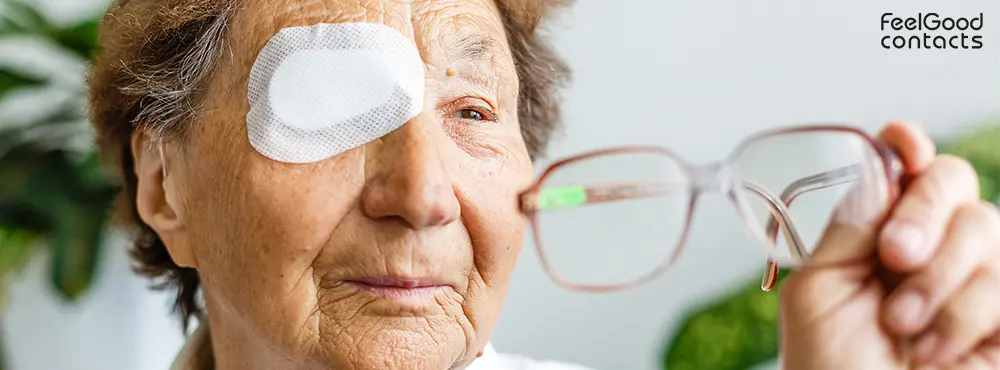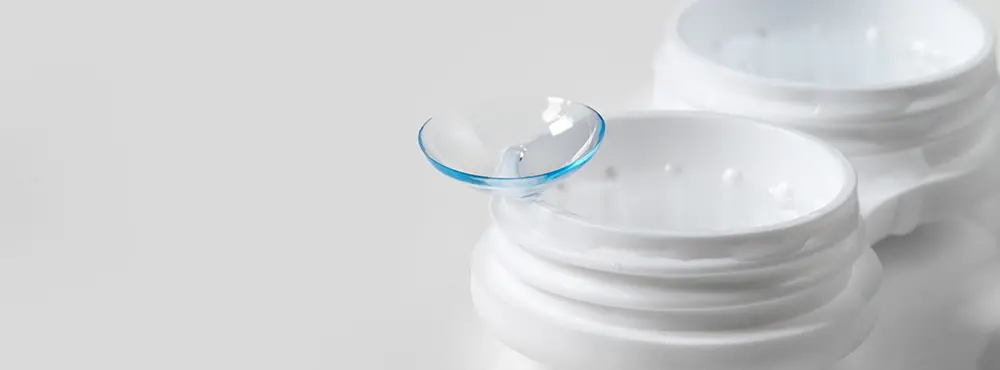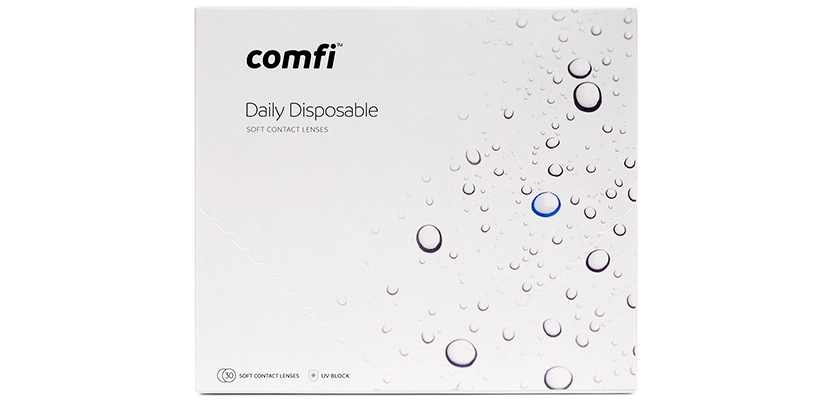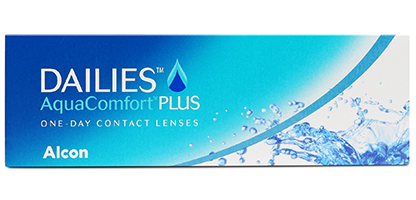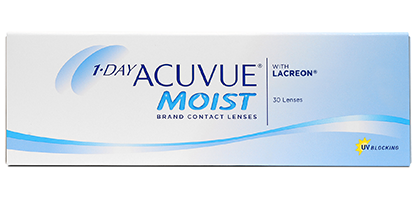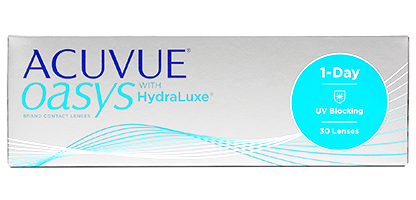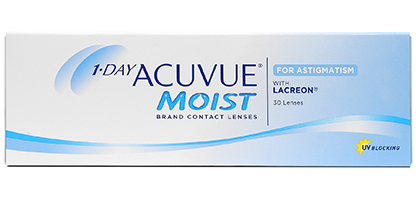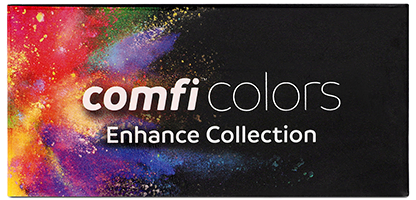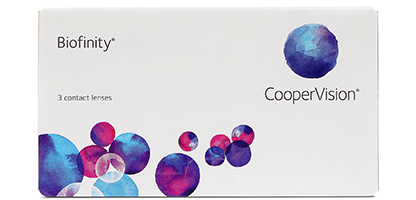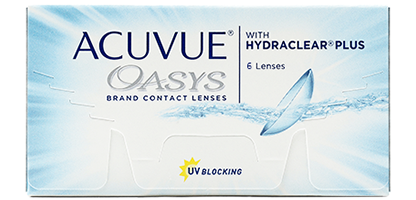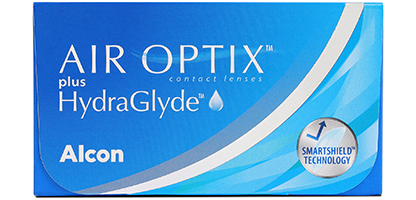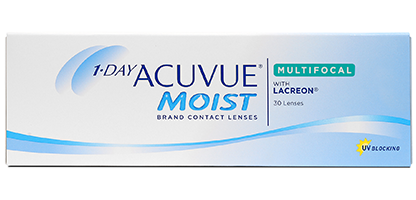
Alastair Lockwood
Eye Health Advisor, Ophthalmologist and Eye Surgeon
Alastair Lockwood is an eye health advisor and surgeon who is passionate about trying to stop people going blind from glaucoma. His interest in research stems from undergraduate training at Cambridge University and clinical training at Oxford University. He completed an MRC funded PhD at the UCL Institute of Ophthalmology and Moorfields Eye Hospital. Dr. Lockwood has remarkable experience in performing eye surgery and prescribes eye care products and dry eye treatments to his patients.
Glasses after cataract surgery
Cataract surgery is a common and highly effective treatment for when vision is noticeably affected by the clouding of the natural lens inside your eye. This procedure, which involves removing your natural lens and then inserting a clear artificial one, has revolutionised modern medicine and allowed millions of people to regain their vision and improve their quality of life. However, despite the remarkable success of the surgery, we are not yet at a technological stage where artificial lens insertion will have the same focusing capabilities as someone younger than the age of 40. We cannot yet change the lens shape within the adult eye. What are the options, therefore, in terms of type of lens insertion? Are glasses still needed? If yes, what will be the best glasses after cataract surgery?
What does axis mean on my prescription?
The axis number on your contact lenses prescription or glasses prescription helps them know how to place the cylindrical power correctly in your lenses. Think of it as a direction indicator ranging from 1 to 180 degrees.
Top tips for contact lenses and allergies
If you wear contact lenses and also suffer from allergies, you may find it incredibly difficult to cope during hay fever season. You may experience a host of uncomfortable symptoms, including dry eyes, redness, itchy eyes, puffiness and more. This can be enough to put you off wearing contact lenses full stop. Fear not however, this article will take you through our top tips for contact lenses and allergies..














